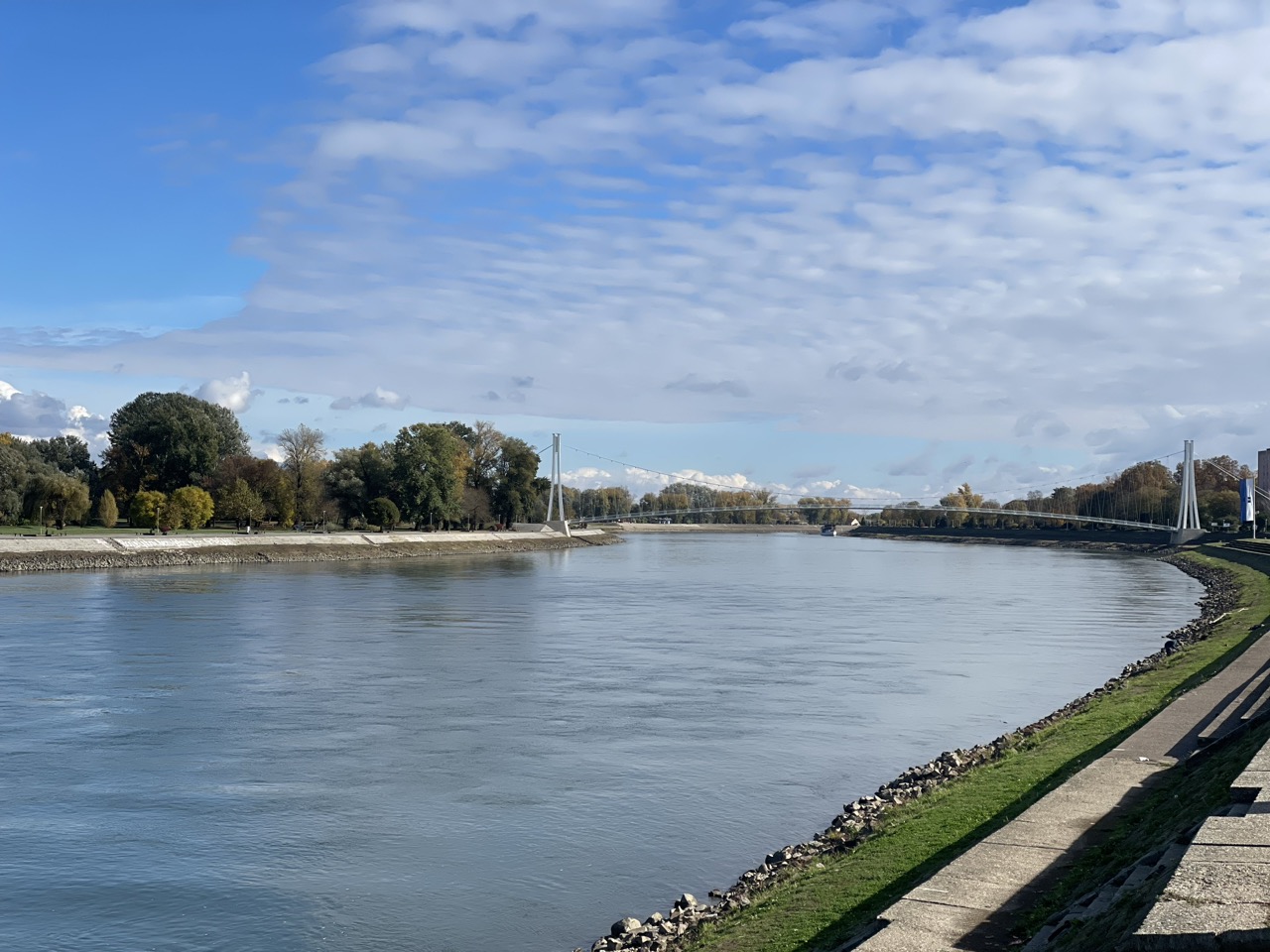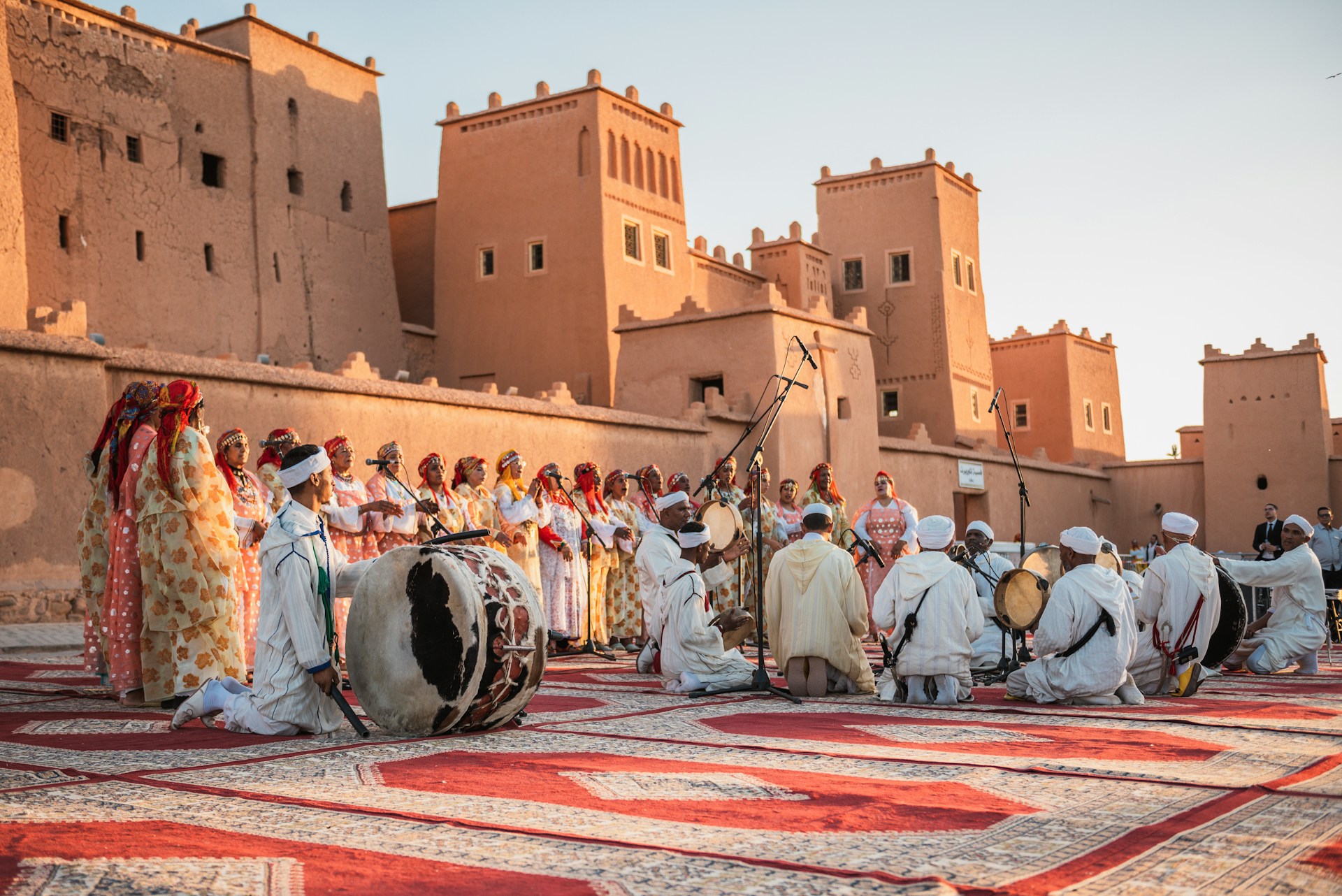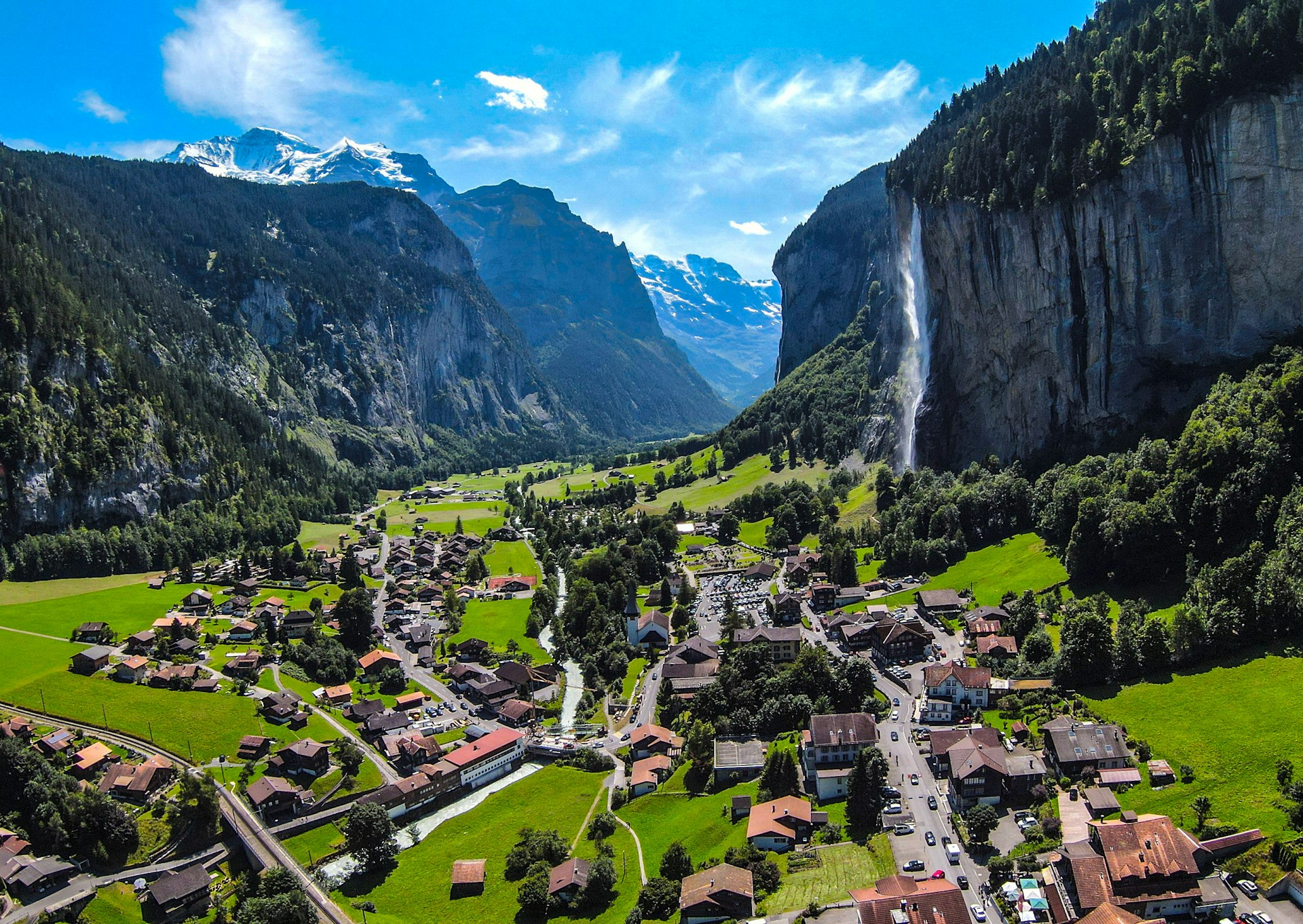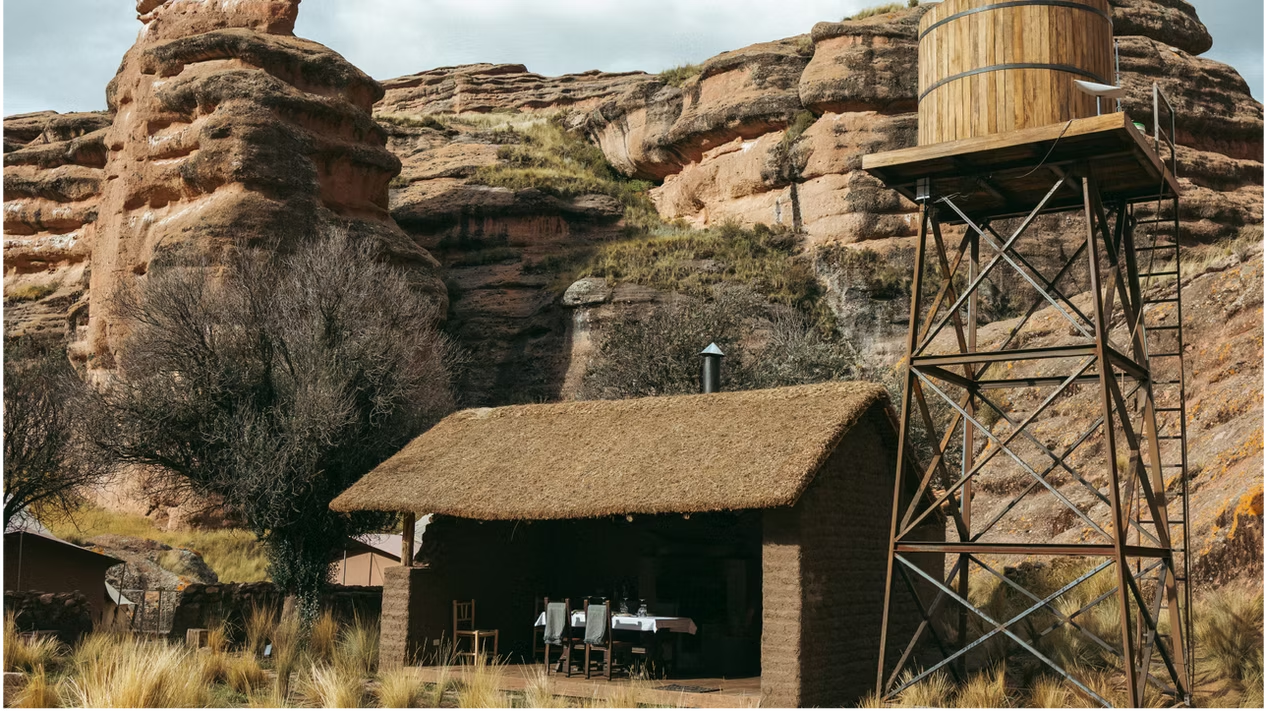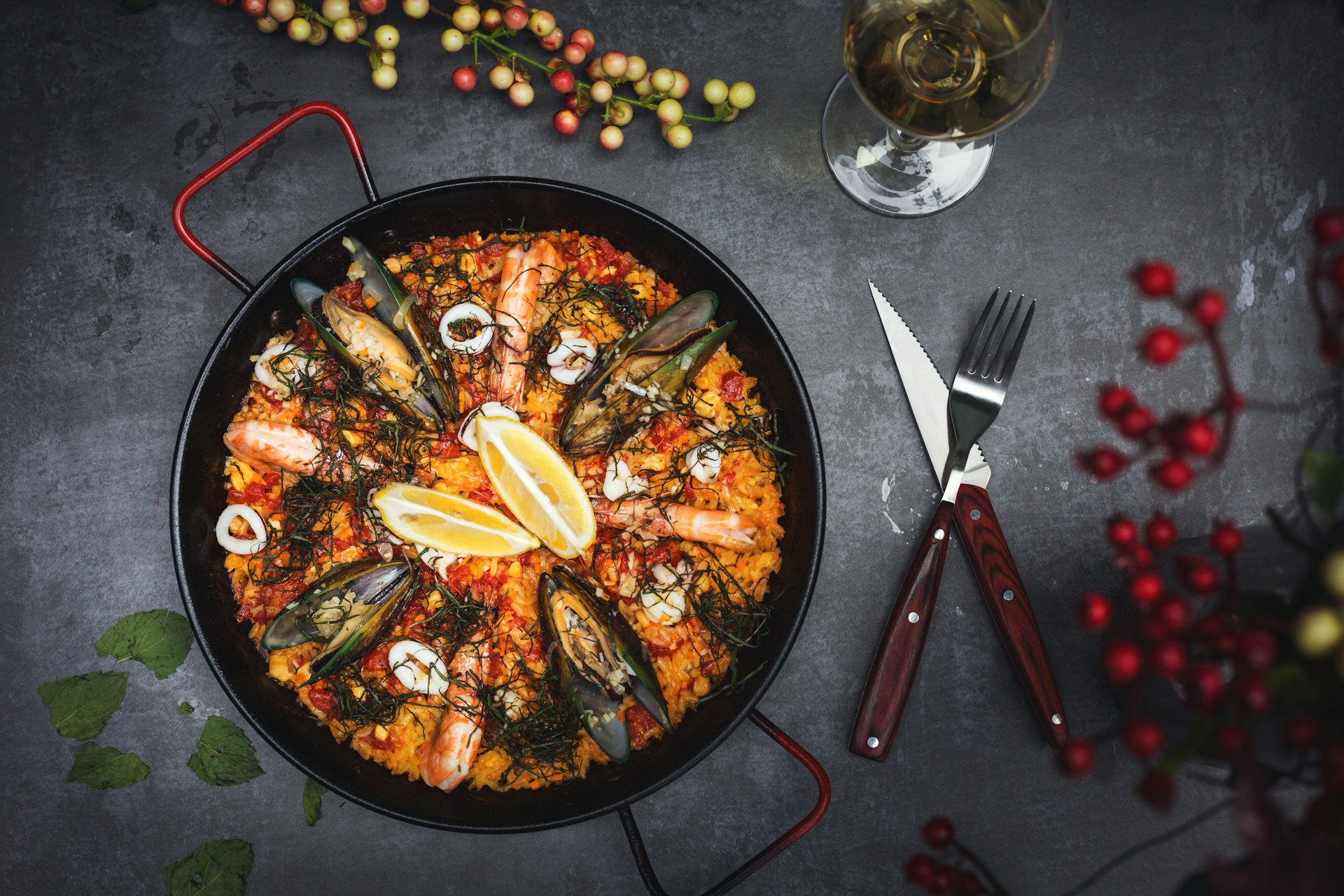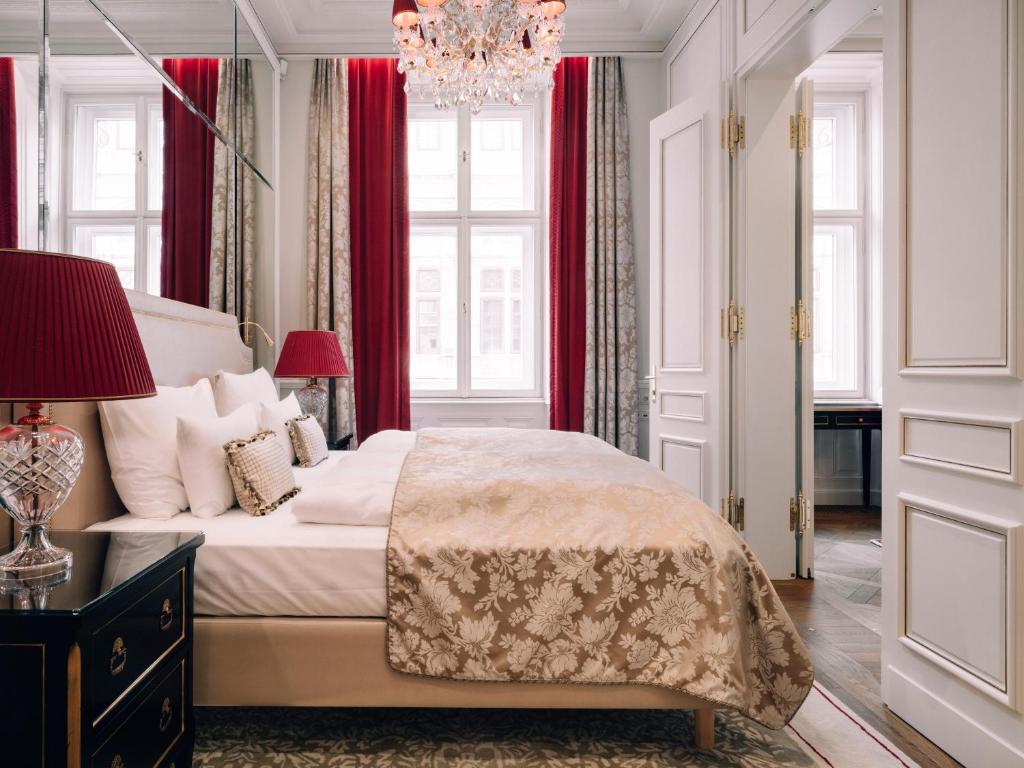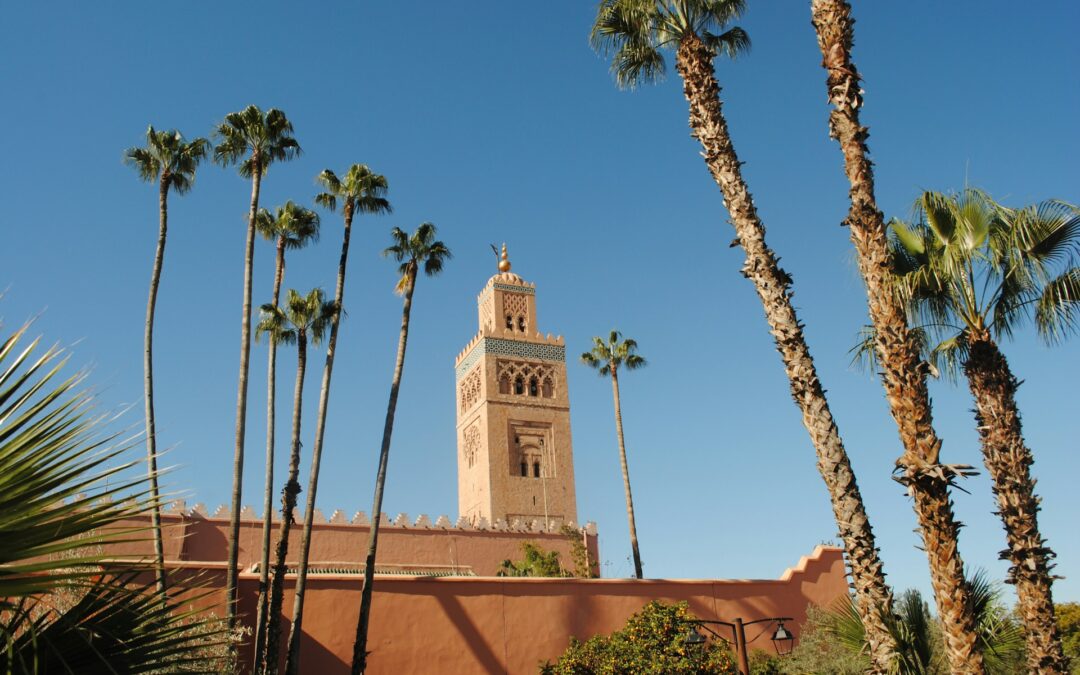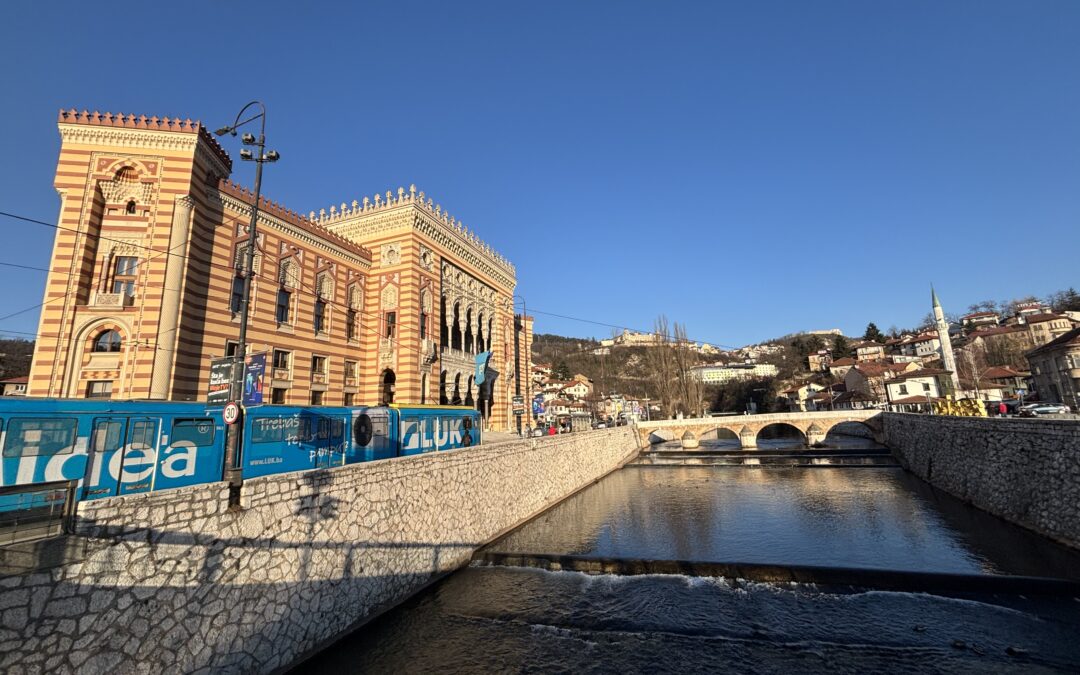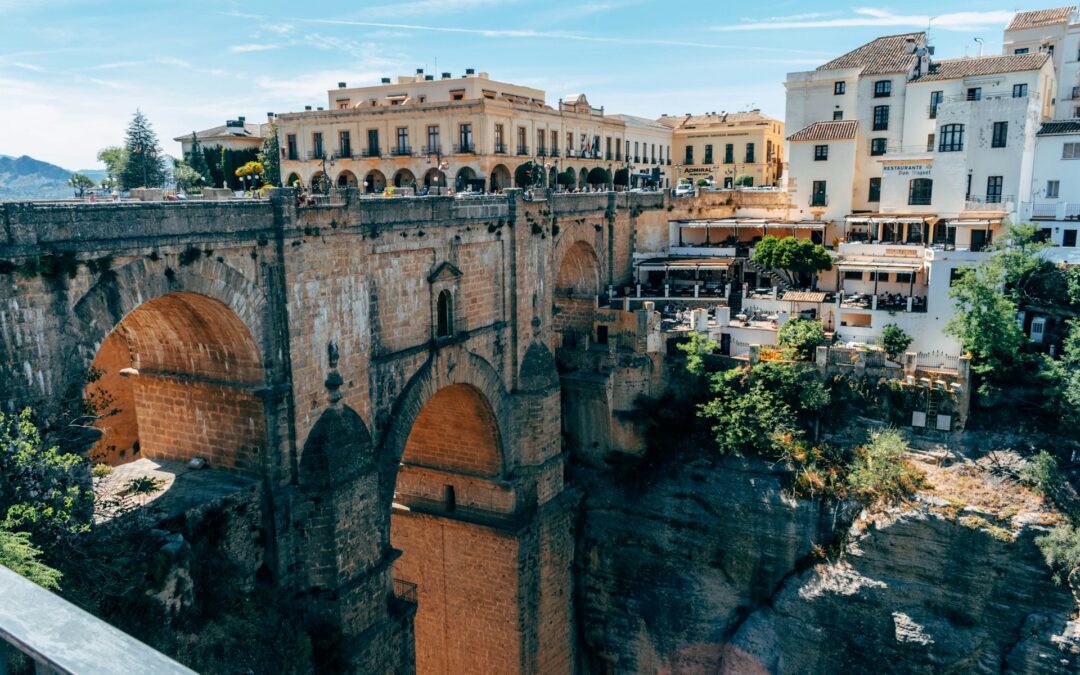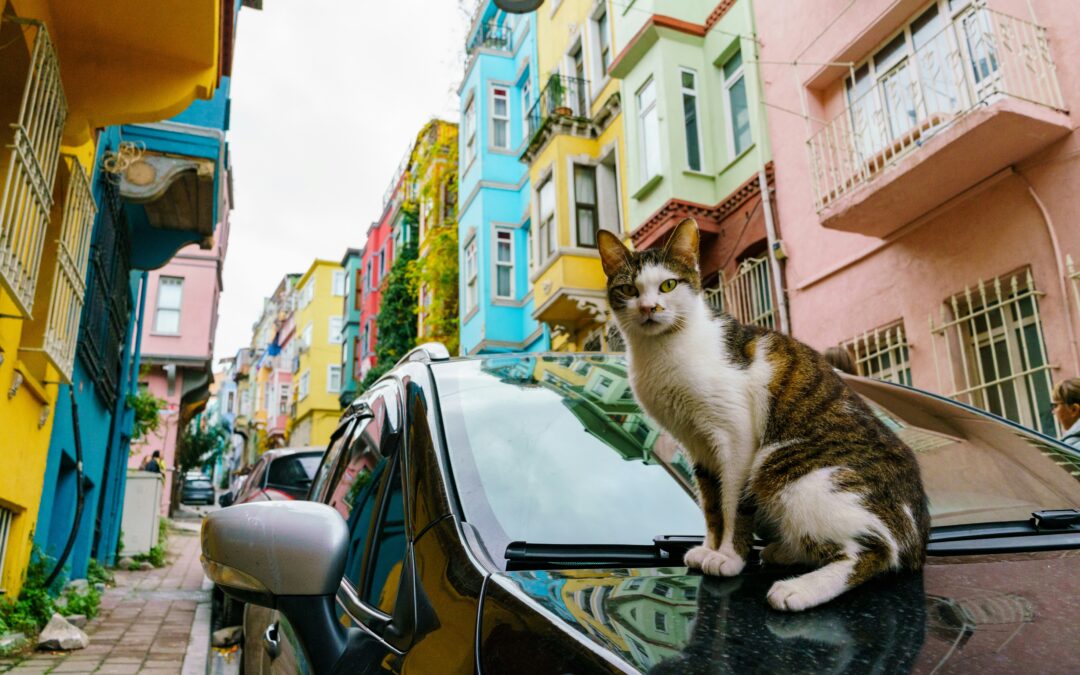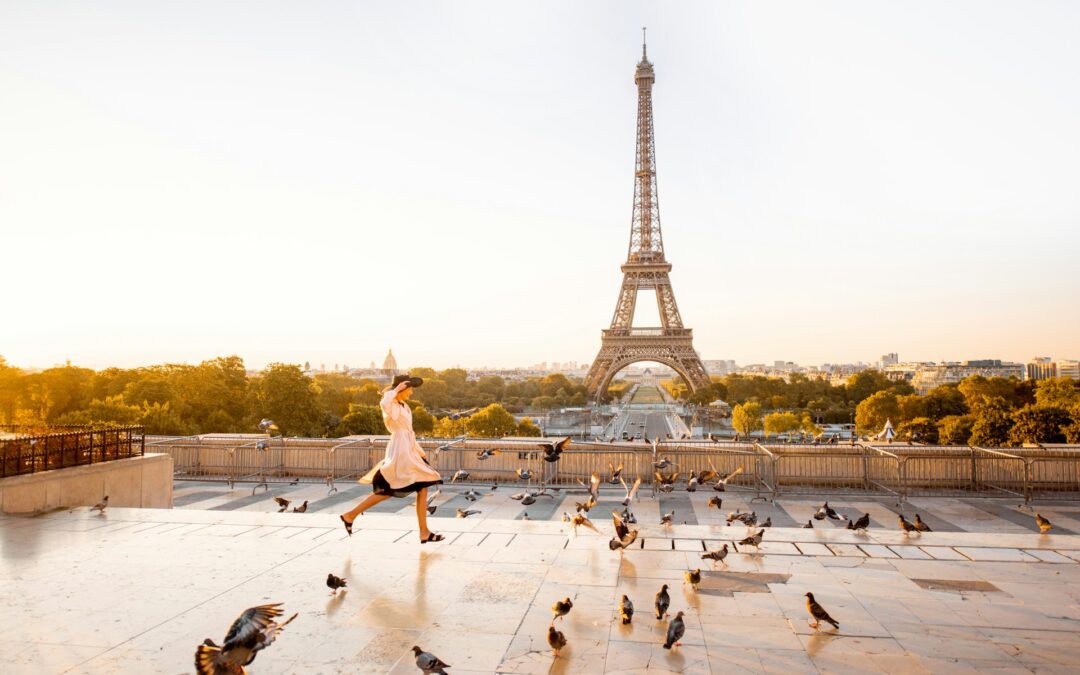Looking for your next travel destination? Poland offers numerous remarkable places to explore, and Wrocław, located in the Silesia region in the southwest, is undoubtedly one of them. Wrocław is a vibrant university town with a youthful atmosphere. Historically under alternating Austrian and Prussian rule, the city boasts a rich past, charming character, Renaissance architecture, cobbled streets, and gas lamps that are still lit manually each evening. This Wrocław travel guide highlights the top attractions you must visit when exploring this enchanting city.
1. Old Town
During the Siege of Breslau, much of Wrocław was devastated, but the restored church spires and Baroque gables are now breathtaking. Highlights include the Market Square (Rynek) and the Cathedral. Be sure to visit Plac Solny, a floral market featuring St. Elizabeth’s Church, the tallest in the city, with a tower offering a spectacular view—a memory you’ll cherish. After descending, stroll along Stare Jatki Street to admire well-preserved 17th- and 18th-century architecture. While exploring, you’ll encounter Wrocław’s famous dwarfs—over 400 small statues scattered throughout the city. These charming figures add a whimsical touch to your trip, making for unique photos and encouraging visitors to see the city from a playful perspective.
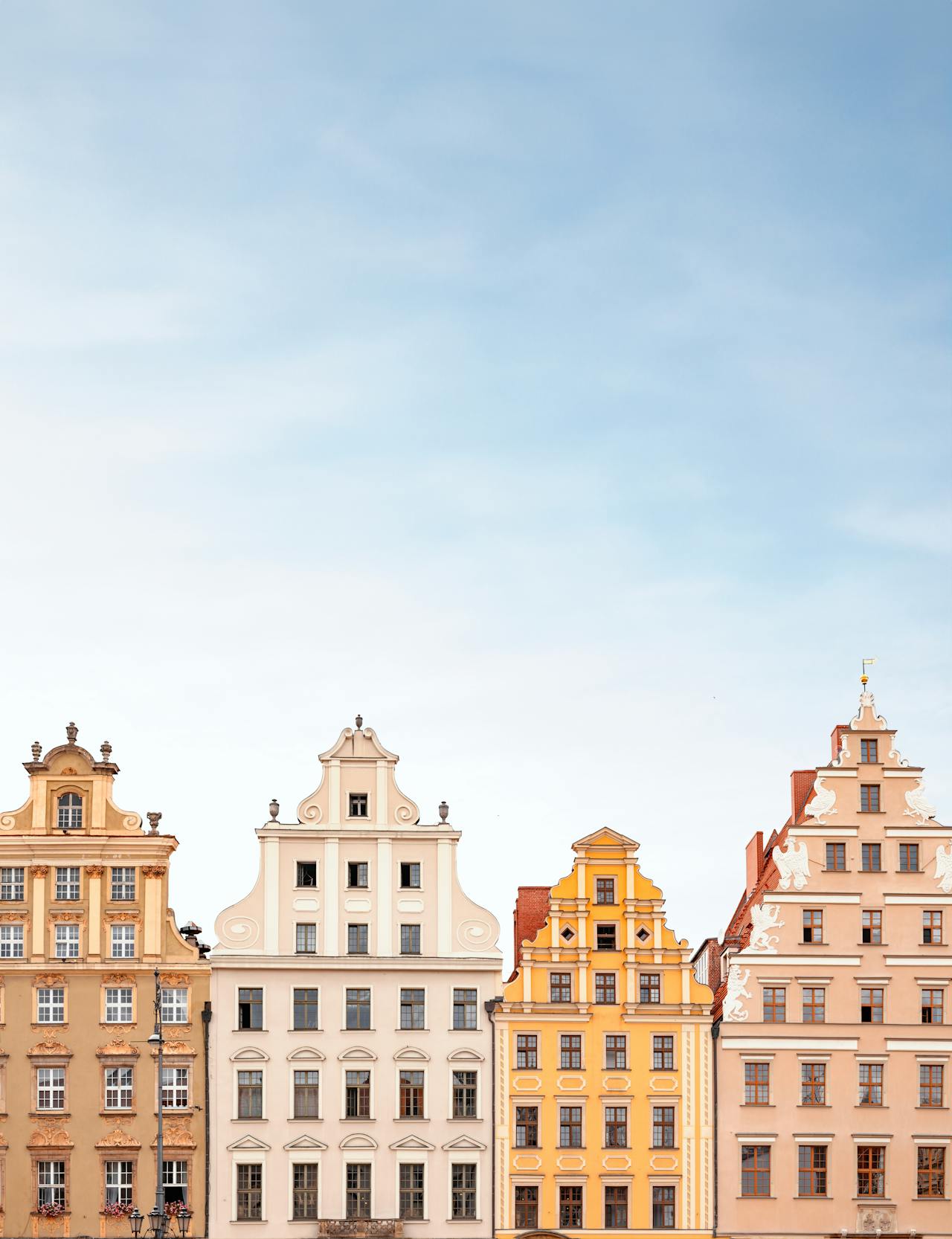
2. Rynek (Market Square)
Spanning 3.8 hectares, Wrocław’s Market Square is one of the largest in Europe. Its layout remains largely unchanged since its establishment in the 13th century. The colorful townhouses surrounding the square underwent extensive post-war restoration, returning the square to its former glory.
3. Ostrów Tumski (Cathedral Island)
The oldest part of Wrocław, this former island on the Oder River, is steeped in history. Separated from the mainland until the 19th century, it was a natural defense in the 10th century. The area features numerous churches and gas-lit streets, perfect for evening strolls. Don’t miss the Archdiocese Museum for a glimpse into the medieval treasures housed in the Bishop’s Palace. This is why we have included Ostrów Tumski, with its stunning medieval architecture and gas-lit streets, in our Wrocław travel guide: it offers a magical glimpse into the city’s rich history and timeless charm.
4. Old Town Hall
Located on the Market Square, the Old Town Hall is a Gothic architectural masterpiece. Its eastern façade features an astronomical clock dating back to 1580. Inside, a free museum showcases the building’s history and Wrocław’s cultural life. For a break, head to Piwnica Świdnicka, one of Europe’s oldest restaurants, located in the basement, where you can enjoy Polish delicacies.
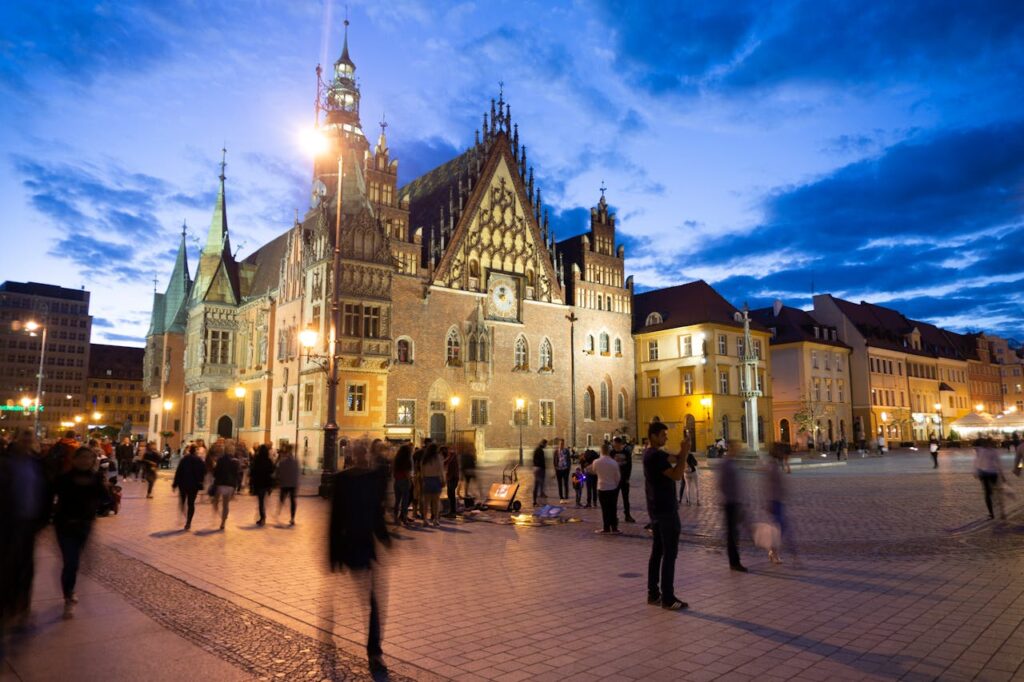
5. Racławice Panorama
The Racławice Panorama is a monumental painting depicting the Battle of Racławice during the Kościuszko Uprising. Created by Jan Styka and Wojciech Kossak, the circular painting immerses viewers in the 1794 battle from various perspectives. Originally displayed in Lviv, it now resides in Wrocław.
6. Royal Palace
Once heavily damaged, the Royal Palace has been meticulously restored and now houses Wrocław’s City Museum. Here, you can delve into the city’s millennium-long history, admire its artifacts, and marvel at the Beyersdorf Room adorned with 17th-century Dutch tiles.
7. Wrocław Cathedral
Rebuilt in the 13th century after a Mongol invasion, this Gothic cathedral features towering spires nearly 100 meters high. Despite suffering extensive damage during World War II, it has been beautifully restored. Inside, the Italian Baroque Chapel of St. Elizabeth and the lift-accessible tower, offering panoramic views of Wrocław, are must-see highlights.
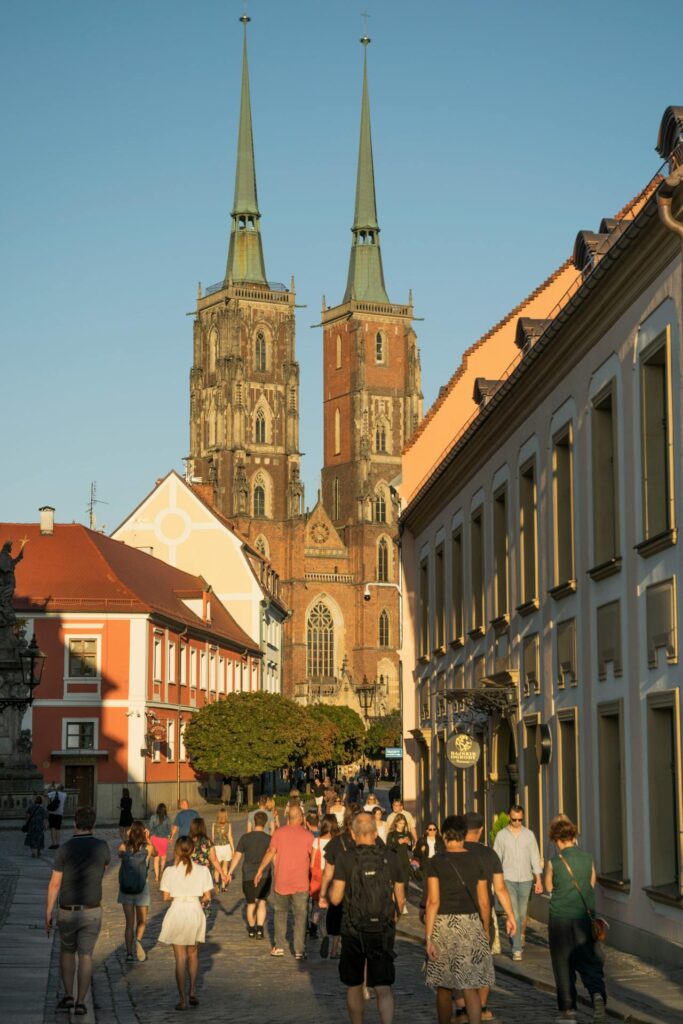
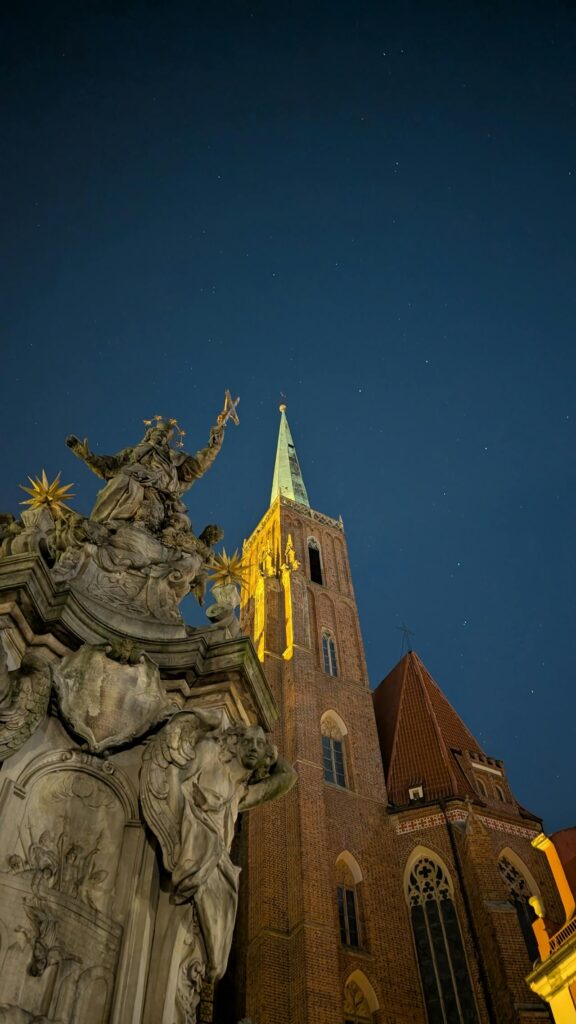
8. Centennial Hall
Constructed in 1913 to mark Napoleon’s defeat at Leipzig, this architectural marvel exemplifies reinforced concrete innovation. Designed by Max Berg, the Centennial Hall remains a technical masterpiece and is a UNESCO World Heritage Site.
9. Szczytnicki Park
Located east of the Old Oder River, this 100-hectare park has attracted nature lovers since the 18th century. Restored in 1994, it is a tranquil haven featuring a stunning Japanese garden, blending Eastern aesthetics with European charm.
10. Kolejkowo
Housed in the Świebodzki Train Station, Kolejkowo is Poland’s largest model railway. While it’s a hit with children, adults will also appreciate the intricate details and scale of this miniature world.
11. Hydropolis
Once a 19th-century water reservoir, this facility has been transformed into an interactive, high-tech museum dedicated to water. Featuring sensory exhibits, a 500-meter stream under a glass floor, and a children’s zone with educational games, it’s an engaging experience for visitors of all ages.
12. Discover Polish cuisine
No Wrocław travel guide is complete without some food tips, as well as no visit to Wrocław is complete without indulging in its rich culinary offerings. Start with pierogi, traditional dumplings stuffed with sauerkraut, potatoes, meat, cheese, or even fruit, and savor bigos, a hearty hunter’s stew made with sauerkraut, meat, and sausage. For an authentic appetizer, try oscypek with cranberry sauce, a grilled smoked cheese that’s both salty and sweet, offering a perfect prelude to your meal.


Don’t miss the chance to warm up with a bowl of żurek, a sour rye soup served with sausage and egg, a staple comfort food in Polish cuisine. To accompany your meal, explore Wrocław’s vibrant craft beer scene. Visit local breweries like Browar Stu Mostów for innovative flavors or head to popular craft beer bars such as Kontynuacja, where you can sample a variety of brews.
Round off your culinary journey with a traditional Polish dessert like papieska kremówka (Pope’s cream cake), a delicate and creamy treat that’s beloved across the country.
Wrocław travel guide:
- Getting There: Wrocław is well-connected by plane, train, and bus. Wrocław Copernicus Airport (WRO) offers connections to major European cities. The main train station, Wrocław Główny, is centrally located and has frequent services to other Polish cities like Warsaw, Kraków, and Gdańsk.
- Getting Around: The city is walkable, but trams and buses are excellent options. A 24-hour transport ticket (around 15 PLN) is great for tourists. Use apps like Jakdojade for navigating public transport.
- Parking: If you’re driving, note that parking in the city center can be challenging. Opt for paid parking zones or park-and-ride facilities on the outskirts.
Additional attractions
- Wrocław University and Mathematical Tower: Visit this stunning Baroque university and climb the Mathematical Tower for views of the Old Town.
- Nadodrze District: A hip neighborhood with street art, boutique shops, and artisan coffeehouses.
- Wrocław Zoo and Africarium: A must-visit for families, it’s one of the oldest zoos in Europe, and the Africarium is an impressive aquatic-themed exhibit.
- Four Temples District (Dzielnica Czterech Świątyń): Known for its multicultural heritage, this area showcases Catholic, Orthodox, Protestant, and Jewish places of worship, often hosting cultural events.

